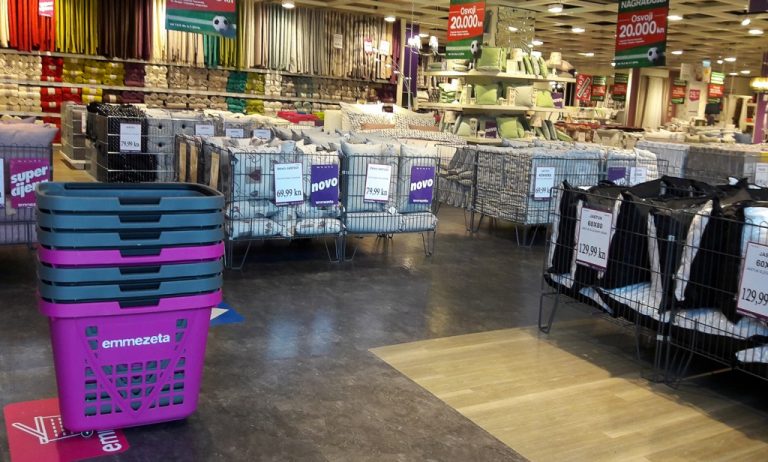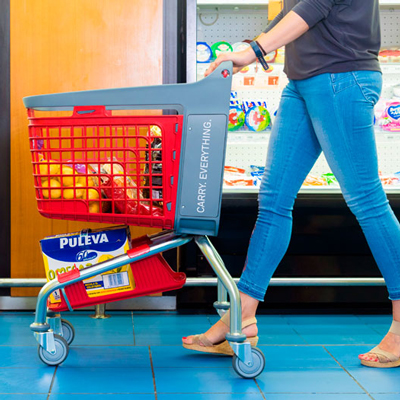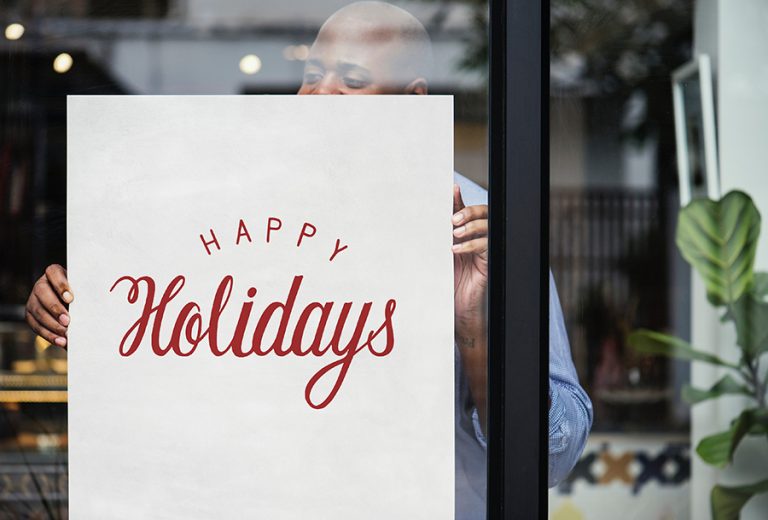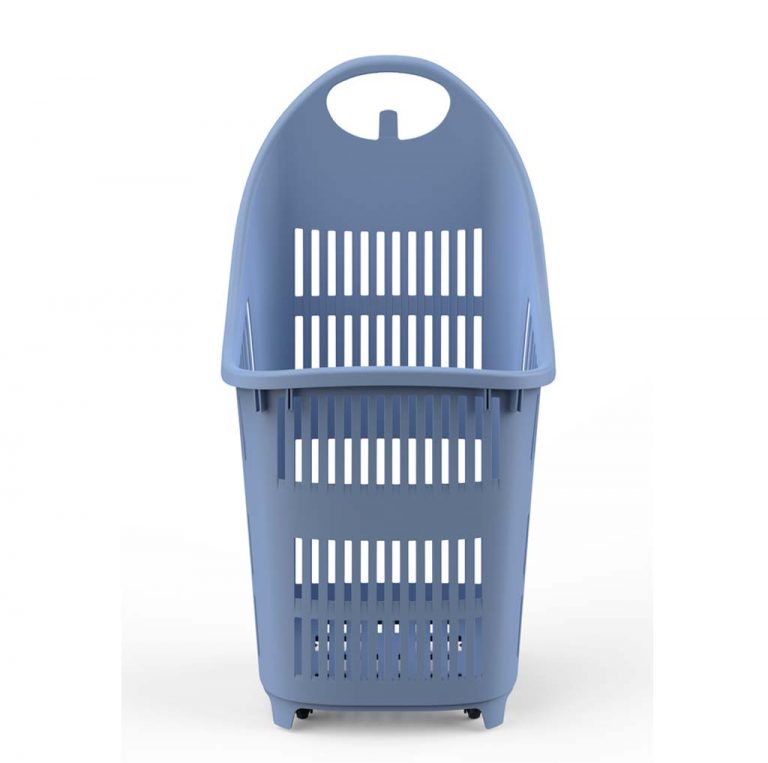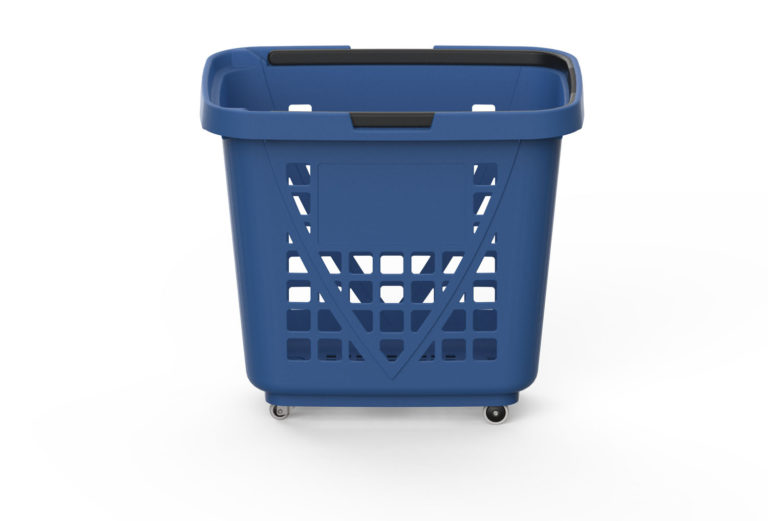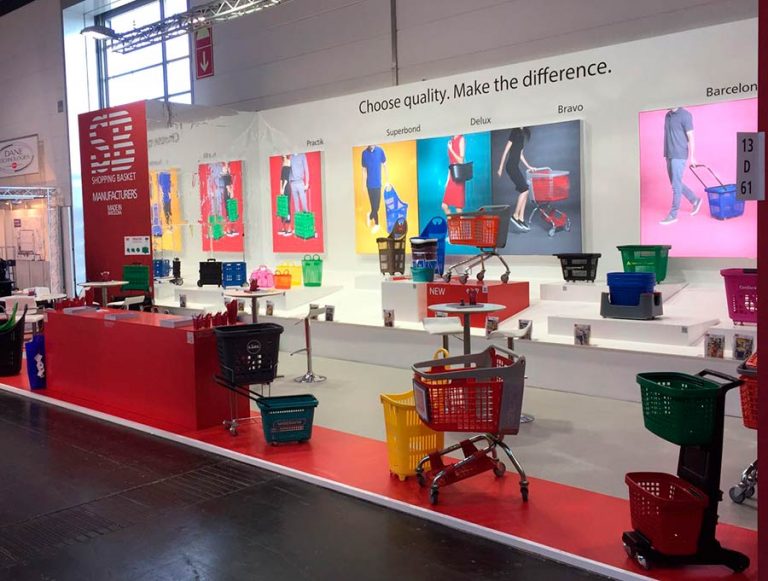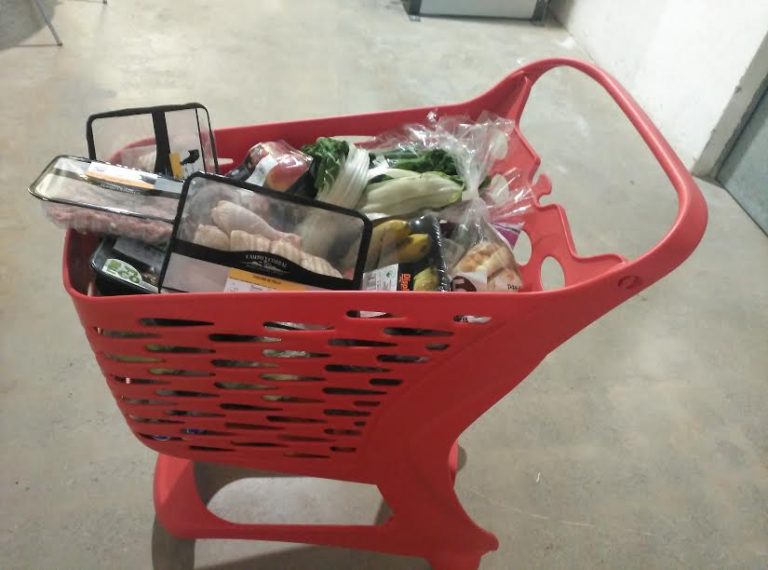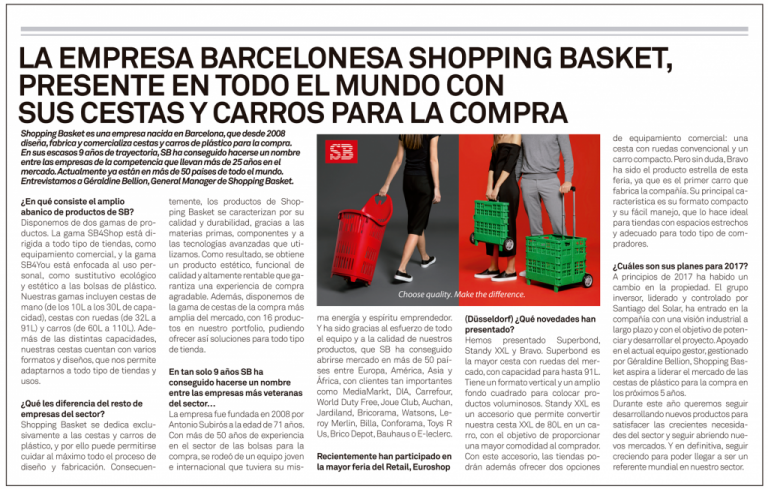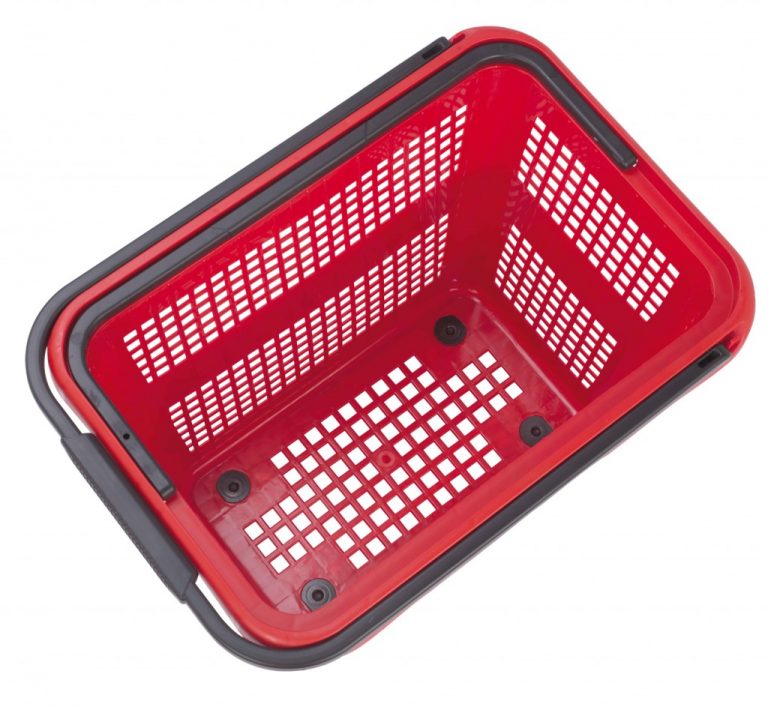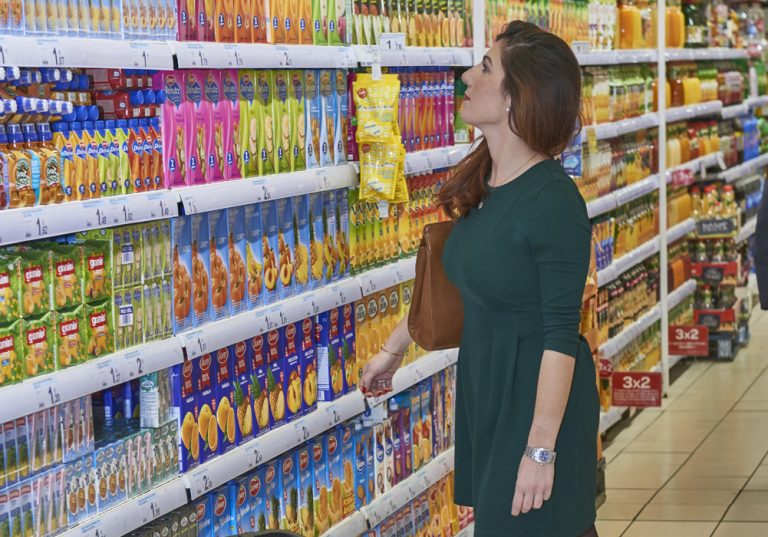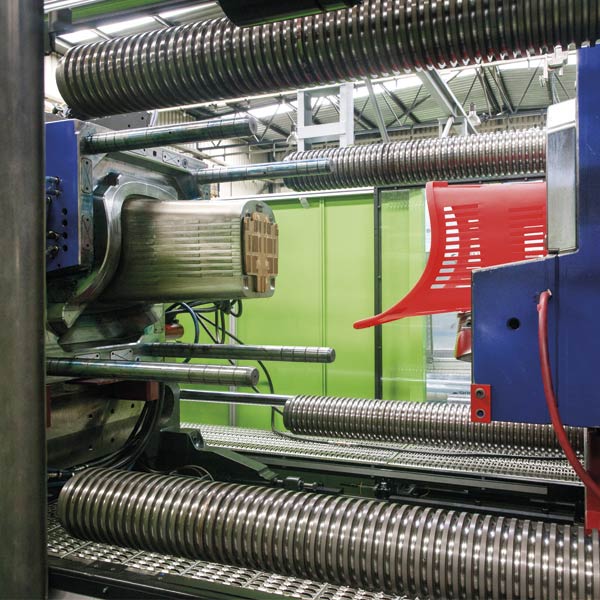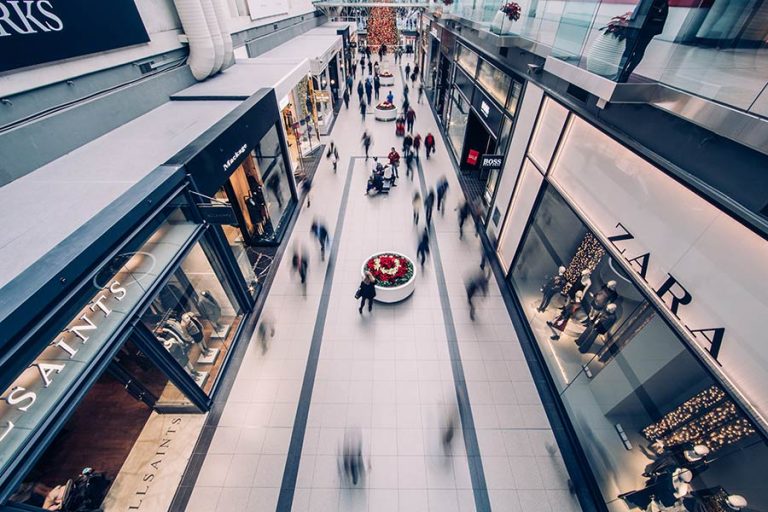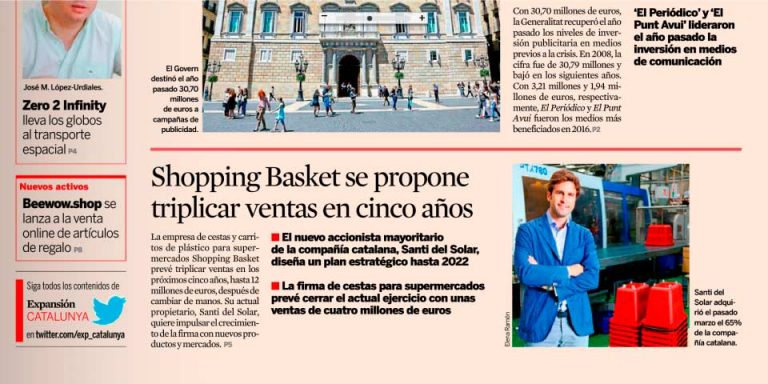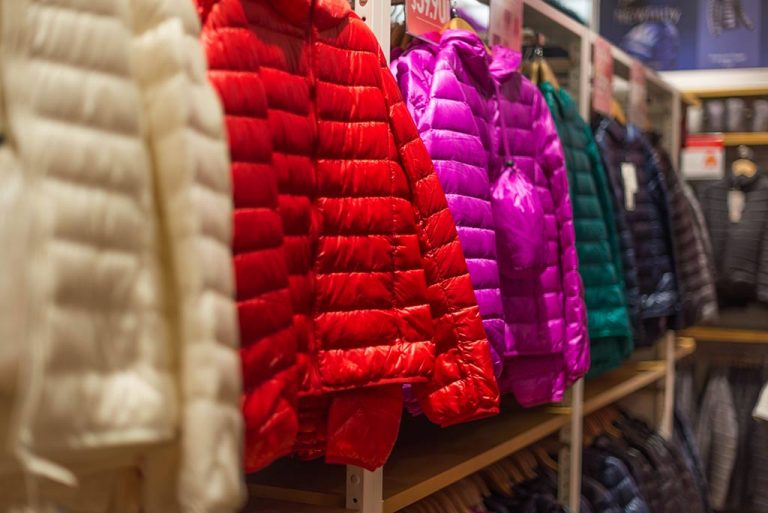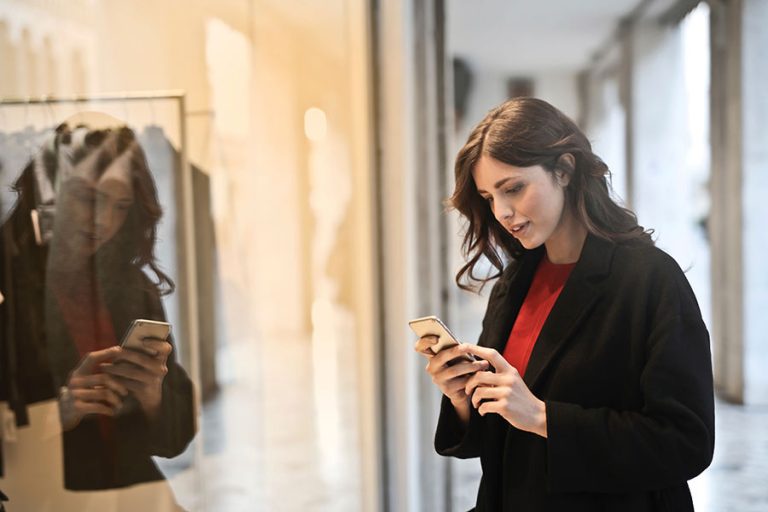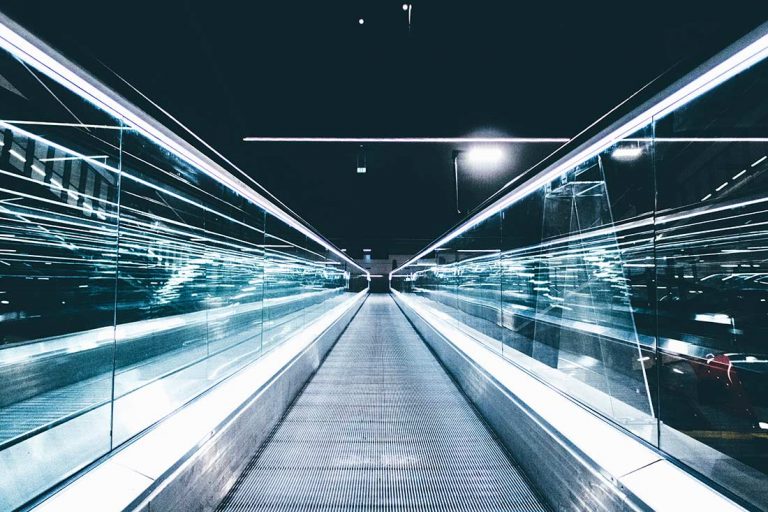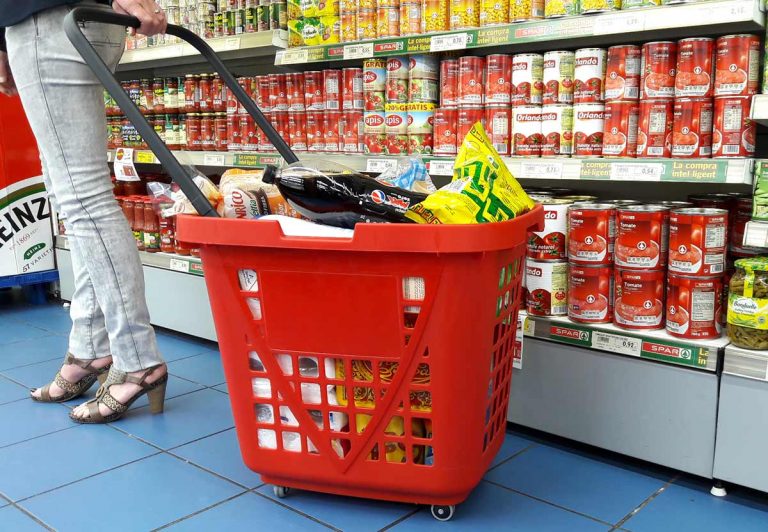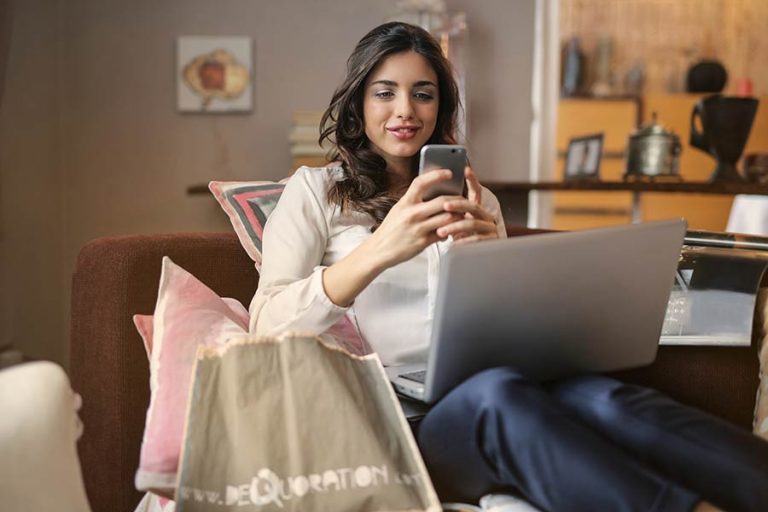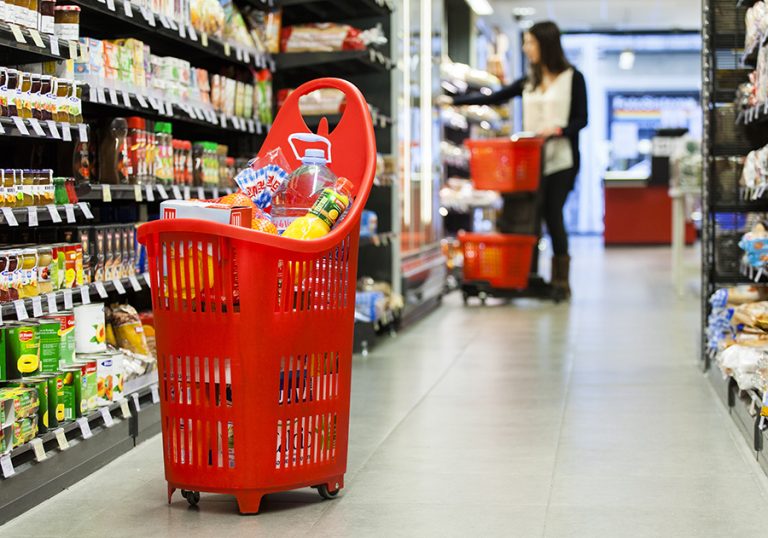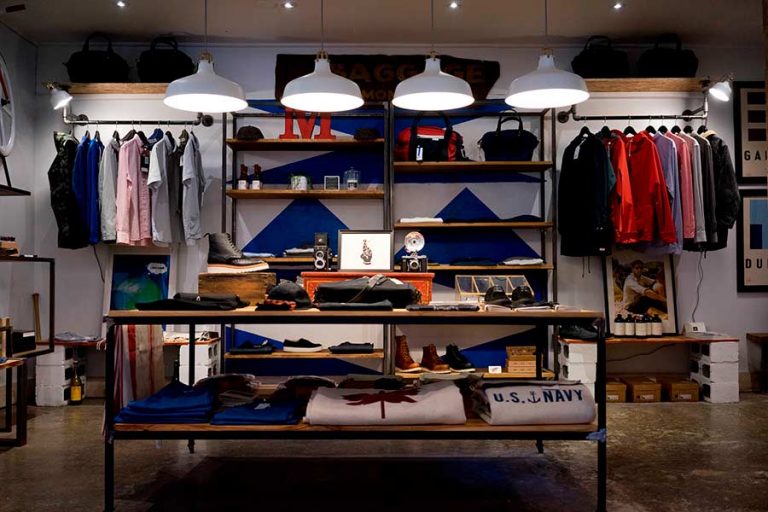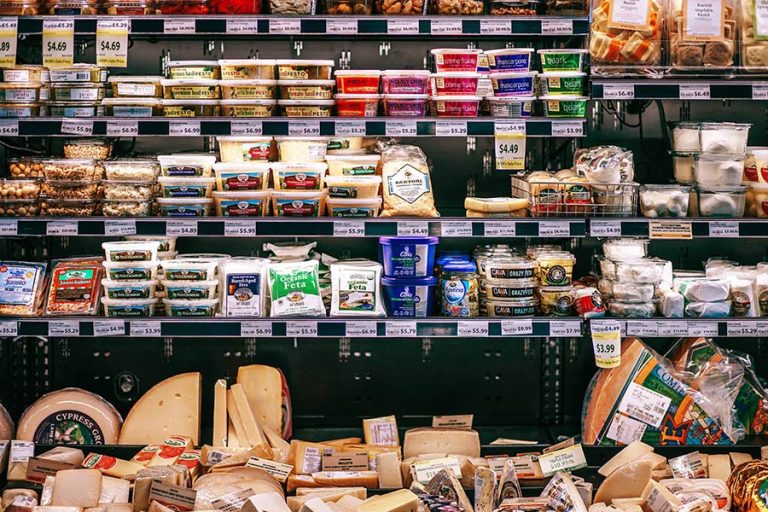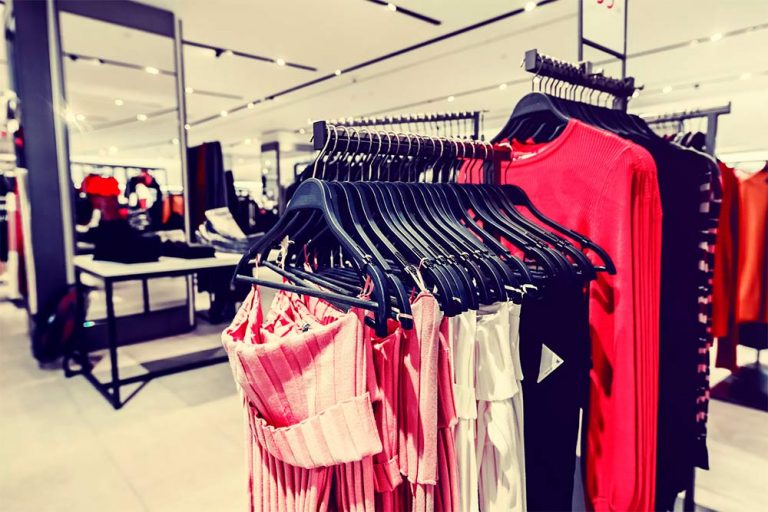Last year we saw what the retail trends were going to be. If you missed it, you can check it here. Today we bring you the retail trends 2020 for this year that begins.
1- MOTIVATED AND EQUIPPED STAFF
Today, we seek to create a unique store experience. Therefore, the shop assistants must be passionate about the brand and products for sale. The idea is that they spread their knowledge and enthusiasm for the product to customers in turn makes them feel unique.
In addition, large retail groups such as Inditex have provided their shop assistants with a portable device that allows them to have all the necessary information to offer the best service to customers.
For example, they can know at the moment the stock of a product. They can know its location in the store in real-time. In this way, the assistant can help clients by guiding them to the article. They are also notified if there is a break in stock of a product so that they can re-supply. In this way, a more fluid user experience is achieved.
An example of this is the employees of the giant ZARA who are equipped with scanners that allow them to have an overview of all the items in the store. They are also connected to the online store so if there is no availability in the physical store they can place an online order for the user to pick it up at the store or receive it at home. In addition to these scanners, they can also lighten the dizzying queues that often form.
2 – THE PHYSICAL STORE AS A CENTER OF EXPERIENCES
Today, more and more digital stores are opening physical stores in the main cities. And why is this? Let’s look at how we communicate with other people. First, we meet someone on the network through an application. When we know this person a bit we add him to our social networks to later give him our phone number. Then we start a conversation on WhatsApp that will lead us to finally physically meet with that person. As we see, we first know each other on the web so over time, physical form is the last way to interact with that person.
If we extrapolate this example to what is happening with companies that started digitally, we realize that the next step they have to take is to know their audience directly. In addition, brands can obtain valuable information from their customers and their consumption habits by attracting them to the physical store. For example, they can see if they buy alone or accompanied, which products interest them the most, etc.
From the digital to the physical world
It is curious how traditional sellers of physical stores have to fight more and more to remain open. Meanwhile the digital ones that have opened physical stores sweep sales and expand the number of physical stores. Hawkers (66 physical stores in Spain) is an example of the recent purchase of more than 500 Whole Foods supermarkets by the digital giant Amazon.
Experiences above all
Nowadays it is very important to nurture customers with experiences in the physical and digital stores since both scenarios are part of our daily lives. For example, the sporting goods retail giant Decathlon already knows it and for that reason at their physical stores users can try products. They also hold conferences and even football and other sports games to attract more customers to the store.
In some supermarkets, cooking classes are given as well as routes and nutritional guides to learn how to make healthier purchases. All this is to provide experiences that add value to the user and attract them to the physical shop.
It should be noted that, for example, Amazon has created physical stores with products with four rating stars in its digital store. The catalog of available products is based on the local tastes and needs of each location. Thanks to the collection and analysis of the purchase data, they can know which products will be best-sellers.

Another example of the jump from the digital to the physical store is the Aliexpress store in Madrid. Today the acquisition costs in physical stores is cheaper than in the digital world. Hence the power that the physical store has again.

3 – CONNECT EMOTIONALLY WITH YOUR CUSTOMERS
Today, brands are looking for the best way to reach their customers. To do this, they analyze their profiles, their demographics, their tastes, their buying habits, etc. They have come to the conclusion that what customers want is to establish emotional ties with the brand and for this, they have to emotionally impact them. It is what is known as brand intimacy, it is the affinity that people have with the brands they use and like.
Using emotion as a shopping driver increases the chances of conversion. For this, brands must discover and analyze how to become emotionally present at the user’s top of mind. The greater the intimacy with the brand, the user is willing to pay more for it, and their loyalty increases.
4 – MORE SUSTAINABLE THAN EVER
Circular economy, sustainability, and recycling … are very popular terms today. Due to climate change and repeated and more frequent natural disasters, the world in general is becoming aware of the need to create a more sustainable world. In our capitalist system, people are not going to stop acquiring goods however they claim more sustainable products and brands know it. Therefore it is not surprising the efforts and investments that are being made both, in materials and packaging.
The use of post-consumer recycled material such as our line of recycled baskets with plastic taken out of street containers or the search for new ways to deliver products even without packaging, are very latent issues.
Another formula that brands are working on is to create products that can be recharged. Companies like Loop offer high-quality containers and packaging that can be reused many times. Tide, Pantene, or Colgate already work with them and offer this closed circuit formula waste-free.
On the other hand, the fast fashion industry is going through a rough time. The retail giant Forever 21 went bankrupt in September 2019. This is a sign that young buyers are no longer so interested in acquiring many low-quality and low-durability outfits. Instead, they would rather opt for more sustainable products and brands. However, there are brands that are working on closed waste-free circuits such as Ellen Mc Arthur or Adidas. Recently, they have presented their first fully recycled sneakers.
5 – CREATIVE ONMICHANNEL
The concept of onmicanicality is not new. However, in 2020 it increases its relevance since users can start their visit from one type of platform to end it from another device and at another time. In addition, stores like Kohl’s in the US have gone beyond and have partnered with Amazon to operate as a center for quick and easy Amazon returns. It distinguishes itself from other similar formulas since it facilitates the return of products without a box or without labels. Avoiding having to print labels thus offering a very practical service for users.
Based on this Google study, users visit both the physical and the digital store before making their purchases. 90% of them used online search prior to going into a store. It also informs us that 47% of the purchases are completed online.
6 – EASY AND FAST CHECKOUTS
This year is the time to accelerate online payment methods to reduce the cart abandonment rate. In the past years, the countless steps, or the forced need to create an account to finish a purchase are obstacles that slow down the conversion. Nielsen Norman Group has created a guide of good practices to complete the checkout.
Key points to generate a satisfactory payment experience
- The possibility to navigate through several pages at the same time
- Offering a single-click button to buy items like Amazon does
- Informing the user in advance about possible additional and shipping costs
- Offering free shipping costs will always help conversion
- Offering free returns will also greatly increase sales
Financial institutions such as Mastercard, Visa, or American Express have created a button to pay in just one click. Large American retailers such as Saks Fifth Avenue, Rakuten and Papa John’s have already implemented it in their online stores.
It is expected that during the first months, this trend will expand. Hopefully, in no time, we will find the option in many more online stores.
If we extrapolate this tendency to the physical store, we see how self-checkout will be extended in 2020. It is a fast payment method that customers who carry a few items usually use. They are a good solution to lighten the long lines in conventional checkouts. In addition, the self-checkout takes up less space, so more units can be installed in less space. In this way, many customers, who used to abandon the purchase when seeing long lines, won’t do it.
As we see, the retail world does not stop reinventing itself to adapt to the new needs of users. With these guidelines, you can position yourself at the head of your competition and be up to date with retail trends.



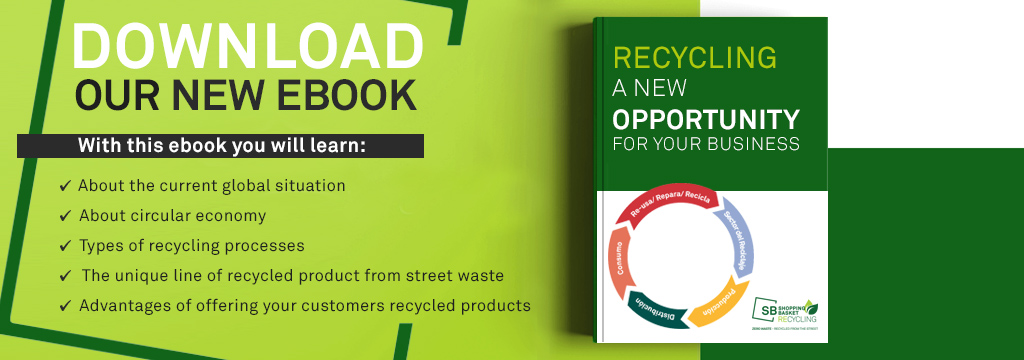
 Sign up for our newsletter and be the first to receive our articles!
Sign up for our newsletter and be the first to receive our articles!
